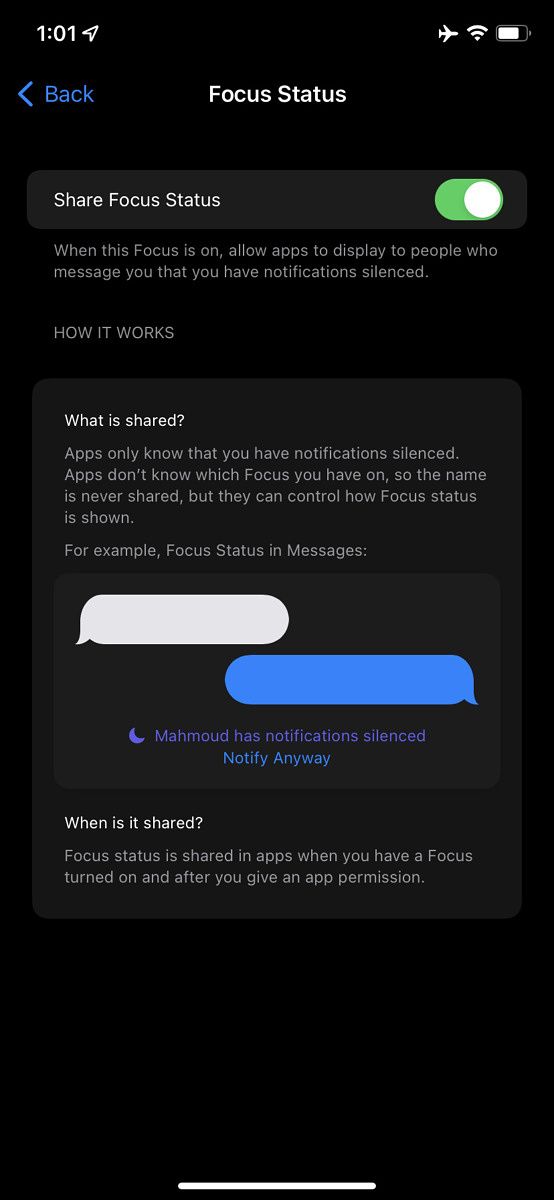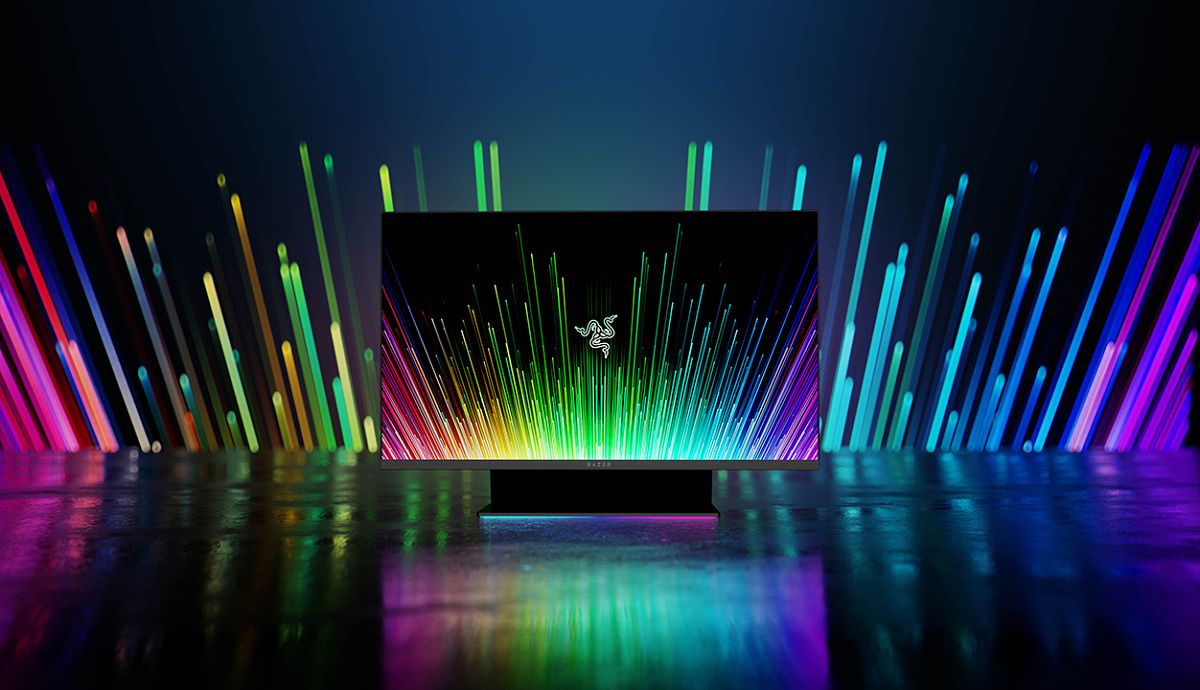Whether you’re looking to help your kids with their math homework, or need help in your own college courses, math apps can be very helpful. If you use a Chromebook as your daily laptop, there are a number of math apps available, in the form of web apps and Android apps. Many of these apps also exist on iOS, Windows, and other platforms as well. Many of the apps focus on graphing capabilities, while others can help with unit conversions, symbolic algebra, or other advanced mathematics like calculus or differential equations. In this article we took a look at the best math apps for Chromebooks out there for help on math homework at any level.
Navigate this article:
- Best overall: Wolfram Alpha
- Best for graphing: Desmos
- Best for geometry: Geogebra
- Best with mobile compatibility: PhotoMath
- Best for algebra help: Mathway
- Best for Microsoft users: Microsoft math solver
- Best pocket reference: All Math Formulas
Wolfram Alpha

Existing as both a web app and mobile app, Wolfram Alpha is the computational knowledge engine from the makers of popular computational software Mathematica. Mathematica itself has a long history in higher education as one of the best symbolic calculators for algebra and calculus operations. Over time, Wolfram began developing tools that could be used outside of the more complicated programming framework of Mathematica. The result of that development was the Wolfram Alpha web app and subsequent mobile application for iOS and Android.
Wolfram Alpha can help with any level of mathematics, from basic number crunching all the way through differential equations for engineering. In addition, you can also get plenty of useful information about just about any subject. You can type in your physics, biology, chemistry, and even history questions and get answers from the Wolfram AI engine. One of the nice new features of Alpha is the ability to enter mathematics in textbook notation with a graphical user interface. This feature makes the program more intuitive, as you no longer need to be familiar with the Mathematica syntax conventions to enter an advanced mathematics problem into the Alpha engine.
On Chrome OS, your best bet is to run Wolfram Alpha in the browser. You can install Mathematica as a web app shortcut just like any other browser application on Chrome OS. If you want step by step calculations for your math problems, you’ll need to subscribe to Wolfram Pro, which runs $4.75 per month for registered students. That may sound like a lot, but if you consider how much a personal math tutor costs, this is a steal. Wolfram Alpha also has specific web apps for each popular subject for Pro subscribers, including apps tailored for algebra, calculus, and financial mathematics in particular. With the improvements in user interface and an impressive computational engine, Wolfram Alpha is the among the best math apps for Chromebooks. This is one you can use for homework help or as a reference as a researcher.
Desmos
Desmos wants to build a world where every student learns math and loves learning math, where a student’s access to the power and beauty of math doesn’t depend on their place of birth, race, ethnicity, gender, or any other aspect of their identity.
Their free suite of math software tools, including the renowned Desmos Graphing Calculator and Scientific Calculator, are used annually by over 40 million teachers and students around the world. These tools power core math curricula for many of the world’s largest publishers, and our calculators are built into the majority of U.S. state-level assessments and digital college entrance exams. Desmos is also partnered with the Smarter Balanced Assessment Consortium, the International Baccalaureate MYP, and NWEA (view the full list of assessments here).
Indeed, Desmos’ cutting-edge technology also powers our free digital classroom activities, thoughtfully designed by teachers for teachers to support and celebrate the different ways students come to know mathematics. These activities are guided by our pedagogical philosophy and open up a world of possibilities for students to explore concepts more deeply, collaborate with their peers on problem-solving, and apply knowledge creatively as mathematicians.
Overall, Desmos has a more intuitive graphing calculator interface than any of the other math apps out there. This interface is used throughout classrooms around the country and has a proven track record of helping students learn concepts in algebra and precalculus. If you want to have a nice web app for graphing and don’t want to spend $100+ on a graphing calculator at Target, Desmos is perfect.
Geogebra

GeoGebra is dynamic mathematics software for all levels of education that brings together geometry, algebra, spreadsheets, graphing, statistics and calculus in one easy-to-use package. GeoGebra is a rapidly expanding community of millions of users located in just about every country. GeoGebra has become the leading provider of dynamic mathematics software, supporting science, technology, engineering and mathematics (STEM) education and innovations in teaching and learning worldwide.
Most math calculators are lacking in features when it comes to Geometry, but Geogebra excels at integrating geometric learning with the other mathematical disciplines. In addition to a web app, Geogebra has apps specifically designed for download on Chrome OS as well as all of the other popular desktop operating systems. Specific calculators are available for geometry, algebra, spreadsheets (useful for statistics), and more. You can also sync your work in Geogebra across devices by logging in with your Google account, perfect for Chromebook users. On top of these computational tools, Geogebra offers a web-based notebook to keep track of your math notes and computations for later review.
Photomath
Photomath (Free+, Google Play) →
Photomath was created by a dad who was looking for a way to help his kids with their math homework. An engineer by background, Damir often found it challenging trying to explain math concepts in an easy, approachable way, and so it was out of his personal struggles that sparked the idea for Photomath.
Now, with over 220-million downloads, Photomath is the world’s most used math app. Their current mission is to help people understand math, one step at a time and it’s the company’s belief that everyone can be good at math.
Photomath does not have a native Chrome OS app and doesn’t work in a browser, but there is an Android app that you can use on your Chromebook. It’s a little awkward, but the core functionality of the app still works fine on all of my Chromebooks. One thing I don’t like about Photomath is that it takes the emphasis away from learning mathematical concepts and more on giving instant solutions from a single picture. Students looking to cheat on exams or even homework find it too tempting to snap a simple photo and get all of their problems solved right away. This approach is a lot less work than properly formulating a problem to enter into Wolfram Alpha, which can also lead to less overall learning when using the app.
You can still get step by step solutions, with a premium subscription, but I still find Wolfram Alpha a bit better when it comes to the rigor of each explanation. Photomath is overall quite good for algebra and basic mathematics, but for more advanced courses, take a look at Wolfram Alpha for more efficient computations and more in-depth explanations on a technical level.
Mathway

Mathway is another app that is incredibly popular with students, just like Photomath. The reason for that popularity is also the simplicity of use and the quick results on answers submitted to the calculation engine. A few years back, Mathway was purchased by popular homework help site Chegg, which is responsible for a lot of cheating on exams at colleges and universities across the nation. While Mathway certainly has a wide variety of calculators for help on all levels of math, the temptation to simply copy the exact solutions or access them via Chegg is somewhat of a down side in my opinion.
Thankfully, if you want to use Mathway on a Chromebook, it does have a web portal. You can also choose to use the Android app if you so desire. There is the ability to snap a quick picture as well, if you need that functionality from Photomath. Algebra steps are well explained in this app, so if you need help with that subject in particular it might be worth considering.
Microsoft Math Solver

If you’re a loyal Microsoft user, Microsoft Math Solver might be your favorite math app. The interface is very similar to Wolfram Alpha and the functionality is improving day by day. This is a newer app, but it has a variety of subjects and the computational engine is solid. You can see a nice break down of the subjects covered on the home page, which makes this is one of the easier apps to navigate. The graphing UI is more intuitive than Wolfram Alpha, but you can’t get help with more advanced subjects like real analysis or abstract algebra.
Overall, I believe Microsoft Math Solver is a better option than most math apps, outside of Wolfram Alpha. You can copy and paste formulas into a Word or Excel document and explore step-by-step solutions that are in general very well presented. If Microsoft keeps up development, this could be one of the best math apps for Chromebooks.
All Math Formulas
All Math Formulas - Offline (Free, Google Play) →

For researchers or math majors, sometimes all you need is a solid reference app for math formulas and theorems. All Math Formulas is a perfect app that provides all basic to advance formulas in mathematics. Available in 30+ languages. Now no need to make notes to remember mathematics formulas. Easily search any formula. Formulas are very simply explained with necessary figures where appropriate.
This app includes formulas for geometry, algebra, calculus, differential equations, analysis and more. This app is available as an Android app, but the app works well and is easy to navigate on a Chromebook. If you don’t need math help, but just a great reference, this is my go-to choice on Chrome OS and Android and it’s definitely one of the best math apps for Chromebooks.
Those are out picks for the best math apps for Chromebooks. Keep in mind that many of these apps are available on Mac, Windows, Android, and iOS as well. The best choice for math help is Wolfram Alpha. Not only does it have the longest development history, but it also has the most robust computational knowledge base and the ability to help with the most advanced coursework. Microsoft Math Solver is a newer app that also has a clean interface and a fairly impressive computational engine. For those that use Microsoft apps regularly, this might be the best bet for you. I would recommend avoiding apps that simply require a picture to get instant help, but only because it tends to discourage real learning and mathematical understand at a deeper level. If you’re looking to get started in the Chrome OS ecosystem, check out our list of best Chromebooks available at Best Buy.
The post Best math apps for Chromebooks: Wolfram, Desmos, and more appeared first on xda-developers.
from xda-developers https://ift.tt/3affnPy
via IFTTT
















































